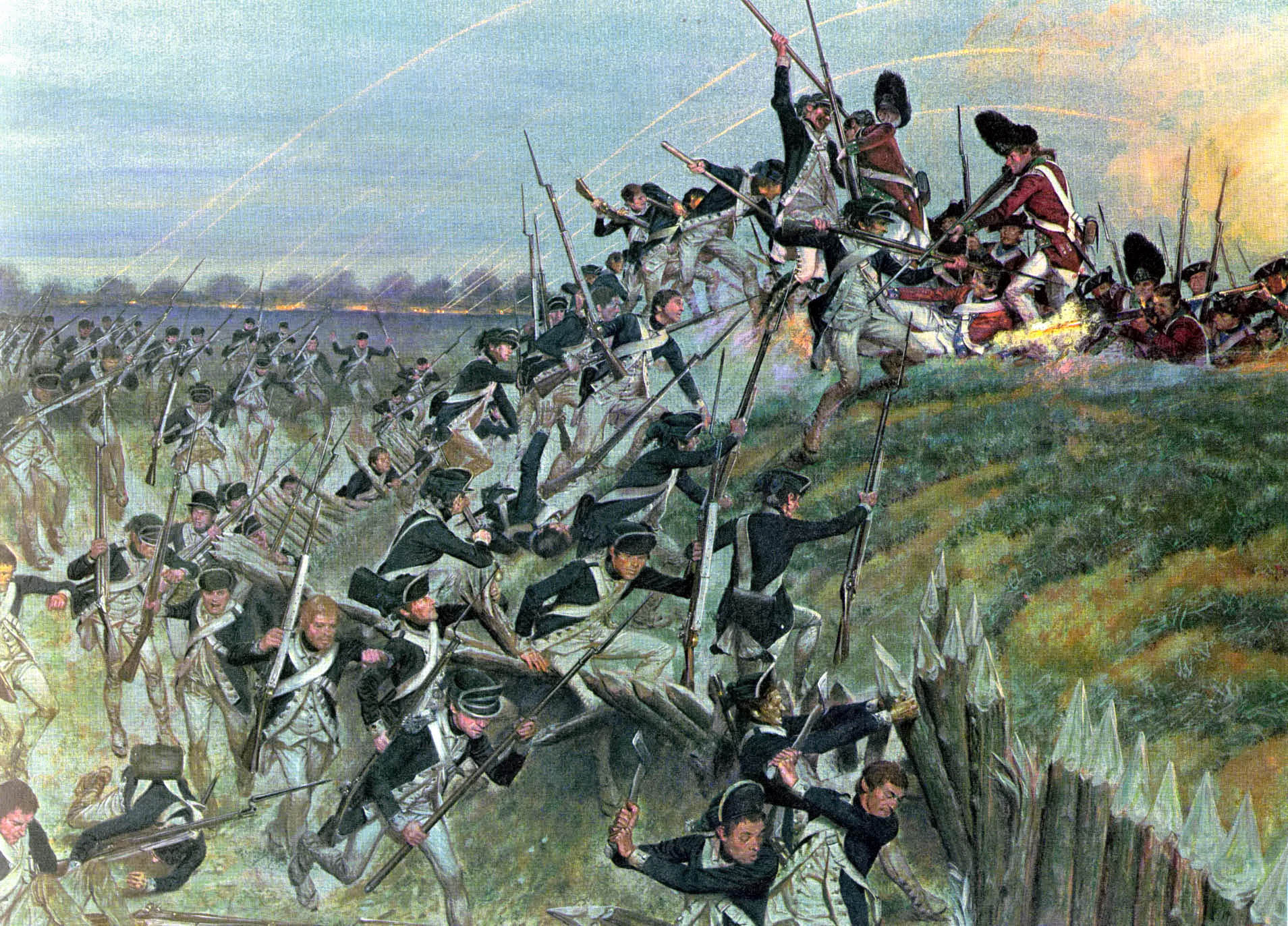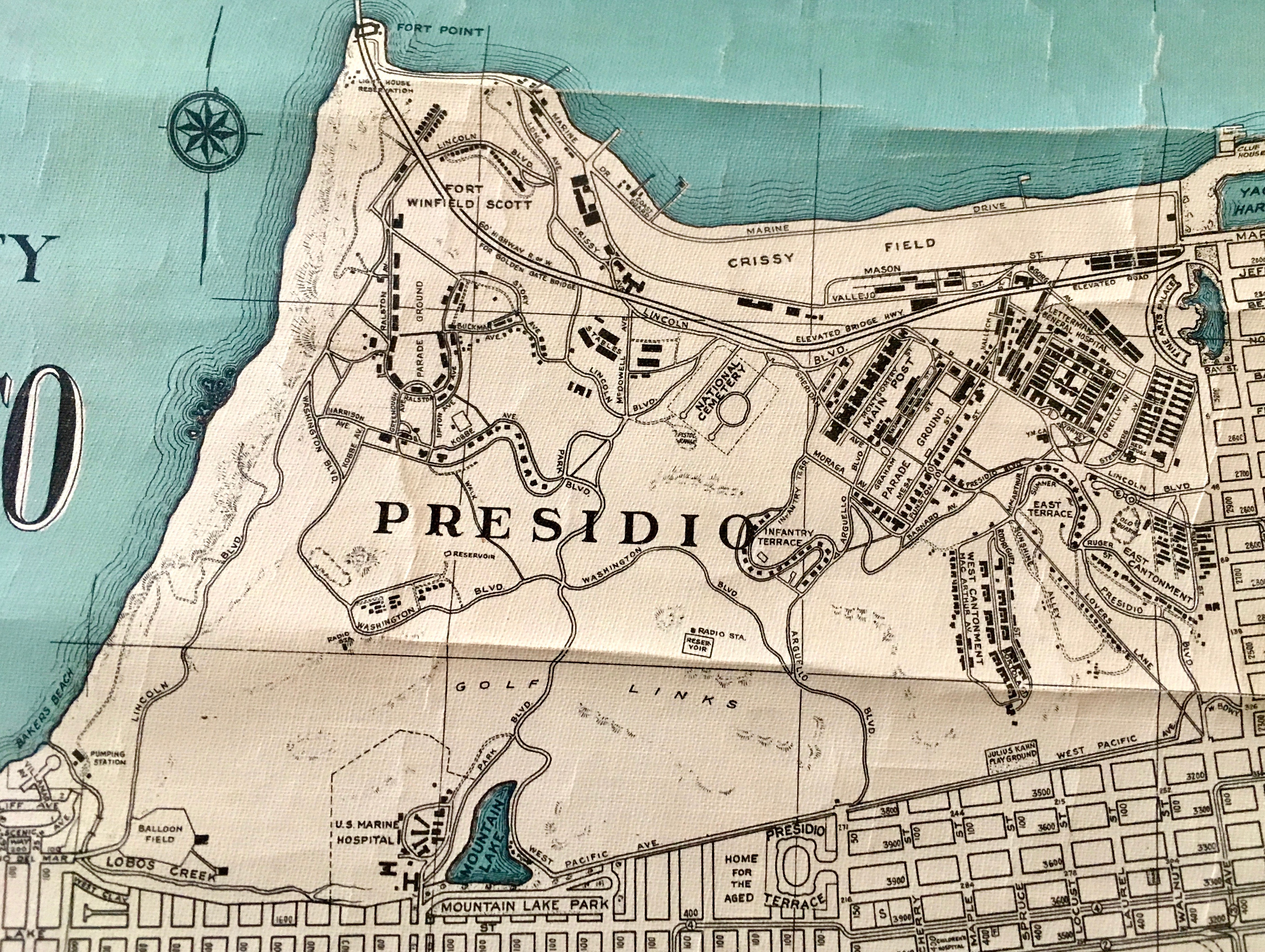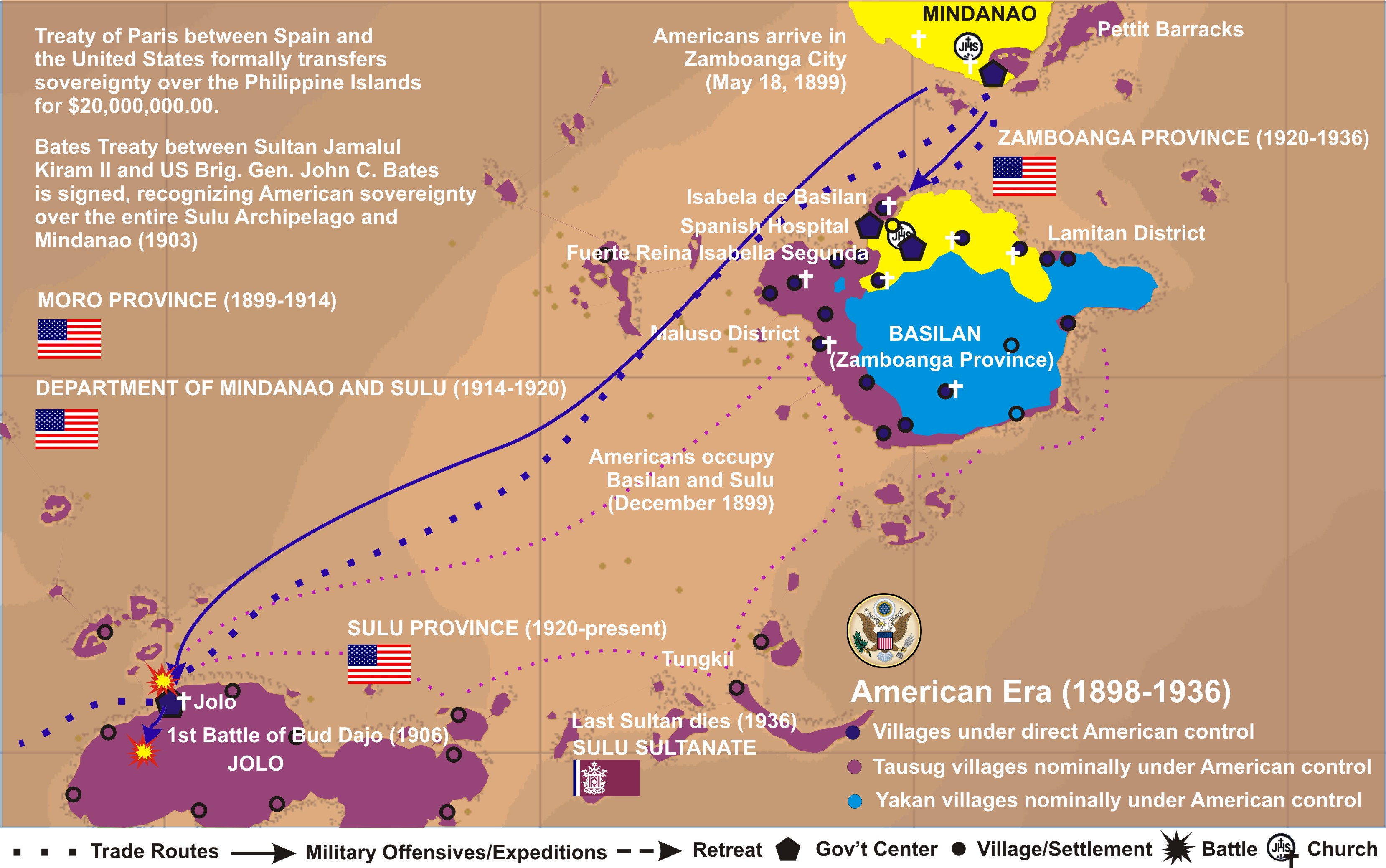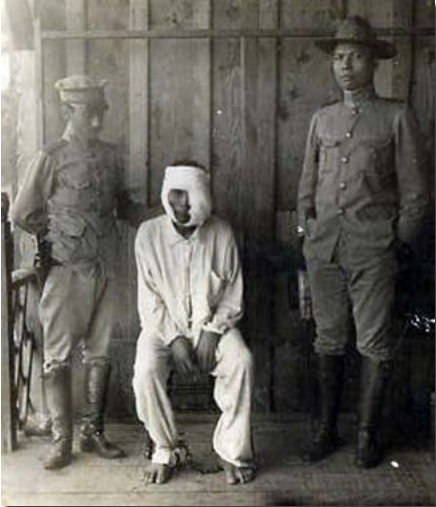|
Walter C. Sweeney Sr.
Walter Campbell Sweeney Sr. (November 16, 1876 – April 10, 1963) was a United States Army major general who served in the Spanish–American War, Philippine–American War, Pancho Villa Expedition, World War I, and World War II. Early life Sweeney was born on November 16, 1876, in Wheeling, West Virginia, the son of Andrew J. and Maria Sweeney. Andrew J. Sweeney was the founder of Wheeling Electric and a multi-term mayor of Wheeling, West Virginia. Walter Sweeney was educated locally and, in notable contrast to most senior officers of his time, never attended the U.S. Military Academy at West Point. Military career With the outbreak of the Spanish–American War in 1898, Sweeney enlisted as a private in the 1st West Virginia Volunteer Infantry, a unit that saw no action during the war. By the war's end Sweeney had been commissioned as a second lieutenant."Gen. Sweeney, Soldier 43 Yrs." ''The Washington Post''. April 11, 1963. B3. In February 1900, Second Lieutenant Sweene ... [...More Info...] [...Related Items...] OR: [Wikipedia] [Google] [Baidu] |
Wheeling, West Virginia
Wheeling is a city in the U.S. state of West Virginia. Located almost entirely in Ohio County, of which it is the county seat, it lies along the Ohio River in the foothills of the Appalachian Mountains and also contains a tiny portion extending into Marshall County. Wheeling is located about 60 miles (96 km) west of Pittsburgh and is the principal city of the Wheeling metropolitan area. As of the 2020 census, the metro area had a population of 145,205, and the city itself had a population of 27,062. Wheeling was originally a settlement in the British colony of Virginia, and later the second-largest city in the Commonwealth of Virginia. During the American Civil War, Wheeling was the host of the Wheeling Conventions that led to the formation of West Virginia, and it was the first capital of the new state. Due to its location along major transportation routes, including the Ohio River, National Road, and the B&O Railroad, Wheeling became a manufacturing center in the late n ... [...More Info...] [...Related Items...] OR: [Wikipedia] [Google] [Baidu] |
Silver Star
The Silver Star Medal (SSM) is the United States Armed Forces' third-highest military decoration for valor in combat. The Silver Star Medal is awarded primarily to members of the United States Armed Forces for gallantry in action against an enemy of the United States. History The Silver Star Medal (SSM) is the successor award to the "Citation Star" ( silver star) which was established by an Act of Congress on July 9, 1918, during World War I. On July 19, 1932, the Secretary of War approved the conversion of the "Citation Star" to the SSM with the original "Citation Star" incorporated into the center of the medal. Authorization for the Silver Star Medal was placed into law by an Act of Congress for the U.S. Navy on August 7, 1942, and an Act of Congress for the U.S. Army on December 15, 1942. The current statutory authorization for the medal is Title 10 of the United States Code, for the U.S. Army, for the U.S. Navy and U.S. Marine Corps, and for the U.S. Air Force and U.S. ... [...More Info...] [...Related Items...] OR: [Wikipedia] [Google] [Baidu] |
History Of The United States Army
The history of the United States Army began in 1775. From its formation, the United States Army has been the primary land based part of the United States Armed Forces. The Army's main responsibility has been in fighting land battles and military occupation. The Corps of Engineers also has a major role in controlling rivers inside the United States. The Continental Army was founded in response to a need for professional soldiers in the American Revolutionary War to fight the invading British Army. Until the 1940s, the Army was relatively small in peacetime. In 1947, the Air Force became completely independent of the Army Air Forces. The Army was under the control of the War Department until 1947, and since then the Defense Department. The U.S. Army fought the Indian Wars of the 1790s, the War of 1812 (1812–15), Mexican–American War (1846-1848), American Civil War (1861–65), American Indian Wars (ended 1890), Spanish–American War (1898), World War I (1917–18), World Wa ... [...More Info...] [...Related Items...] OR: [Wikipedia] [Google] [Baidu] |
The Presidio Of San Francisco
The Presidio of San Francisco (originally, El Presidio Real de San Francisco or The Royal Fortress of Saint Francis) is a park and former U.S. Army post on the northern tip of the San Francisco Peninsula in San Francisco, California, and is part of the Golden Gate National Recreation Area. It had been a fortified location since September 17, 1776, when New Spain established the presidio to gain a foothold in Alta California and the San Francisco Bay. It passed to Mexico in 1820, which in turn passed it to the United States in 1848. As part of a 1989 military reduction program under the Base Realignment and Closure ( BRAC) process, Congress voted to end the Presidio's status as an active military installation of the U.S. Army. On October 1, 1994, it was transferred to the National Park Service, ending 219 years of military use and beginning its next phase of mixed commercial and public use. In 1996, the United States Congress created the Presidio Trust to oversee and manage the in ... [...More Info...] [...Related Items...] OR: [Wikipedia] [Google] [Baidu] |
General John J
A general officer is an officer of high rank in the armies, and in some nations' air forces, space forces, and marines or naval infantry. In some usages the term "general officer" refers to a rank above colonel."general, adj. and n.". OED Online. March 2021. Oxford University Press. https://www.oed.com/view/Entry/77489?rskey=dCKrg4&result=1 (accessed May 11, 2021) The term ''general'' is used in two ways: as the generic title for all grades of general officer and as a specific rank. It originates in the 16th century, as a shortening of ''captain general'', which rank was taken from Middle French ''capitaine général''. The adjective ''general'' had been affixed to officer designations since the late medieval period to indicate relative superiority or an extended jurisdiction. Today, the title of ''general'' is known in some countries as a four-star rank. However, different countries use different systems of stars or other insignia for senior ranks. It has a NATO rank scal ... [...More Info...] [...Related Items...] OR: [Wikipedia] [Google] [Baidu] |
FamilySearch
FamilySearch is a nonprofit organization and website offering genealogical records, education, and software. It is operated by the Church of Jesus Christ of Latter-day Saints (LDS Church), and is closely connected with the church's Family History Department. The Family History Department was originally established in 1894 as the Genealogical Society of Utah (GSU) and is the largest genealogy organization in the world. FamilySearch maintains a collection of records, resources, and services designed to help people learn more about their family history. Facilitating the performance of LDS ordinances for deceased relatives is another major aim of the organization. Although it requires user account registration, it offers free access to its resources and service online at FamilySearch.org. In addition, FamilySearch offers personal assistance at more than 5,100 family history centers in 140 countries, including the Family History Library in Salt Lake City, Utah. The Family Tree secti ... [...More Info...] [...Related Items...] OR: [Wikipedia] [Google] [Baidu] |
Mindanao
Mindanao ( ) ( Jawi: مينداناو) is the second-largest island in the Philippines, after Luzon, and seventh-most populous island in the world. Located in the southern region of the archipelago, the island is part of an island group of the same name that also includes its adjacent islands, notably the Sulu Archipelago. According to the 2020 census, Mindanao has a population of 26,252,442 people, while the entire island group has an estimated population of 27,021,036 according to the 2021 census. Mindanao is divided into six administrative regions: the Zamboanga Peninsula, Northern Mindanao, the Caraga region, the Davao region, Soccsksargen, and the autonomous region of Bangsamoro. According to the 2020 census, Davao City is the most populous city on the island, with 1,776,949 people, followed by Zamboanga City (pop. 977,234), Cagayan de Oro (pop. 728,402), General Santos (pop. 697,315), Butuan (pop. 372,910), Iligan (pop. 363,115) and Cotabato City (pop. 325,079). ... [...More Info...] [...Related Items...] OR: [Wikipedia] [Google] [Baidu] |
Moro Rebellion
The Moro Rebellion (1899–1913) was an armed conflict between the Moro people and the United States military during the Philippine–American War. The word "Moro" – the Spanish word for "Moor" – is a term for Muslim people who lived in the Southern Philippines, an area that includes Mindanao, Jolo and the neighboring Sulu Archipelago. Background The Moros have a 400-year history of resisting foreign rule. The violent armed struggle against the Spanish, against the Americans, against the Japanese, and against the Filipinos, is considered by current Moro leaders as part of the four centuries-long "national liberation movement" of the Bangsamoro (Moro Nation). This conflict persisted and developed into their current war for independence against the Philippine state. A "culture of jihad" emerged among the Moros due to the centuries-long war against the Spanish invaders. The ethnic Moro population of the southern Philippines resisted both Spanish and United St ... [...More Info...] [...Related Items...] OR: [Wikipedia] [Google] [Baidu] |
Pulahan
The Pulahan (literally "those wearing red" in Cebuano; es, pulajanes), also known as dios-dios, were the members of a religious revival of Philippine beliefs that developed in the Visayas prior to the Philippine Revolution. At its peak, it numbered around 10,000–15,000 adherents. The movement was severely crippled during the Philippine Revolution after the Philippine Constabulary took over patrols in Samar, when the U.S. military declared the island as "pacified". Description Pulahanes practiced a syncretic religious revival centered mostly on Philippine mythology and Folk Catholicism. Individual beliefs include the anting-antings as well as the revival of the babaylan. Indigenous fighting techniques such as eskrima were also used in the elite and ferocious combat style. They practiced a form indigenous martial arts called Derobio Eskrima and they specialize using a heavy, crescent-shaped bolo knife in their battles. Religious rituals using bottles of holy oil, prayer ... [...More Info...] [...Related Items...] OR: [Wikipedia] [Google] [Baidu] |
Philippines
The Philippines (; fil, Pilipinas, links=no), officially the Republic of the Philippines ( fil, Republika ng Pilipinas, links=no), * bik, Republika kan Filipinas * ceb, Republika sa Pilipinas * cbk, República de Filipinas * hil, Republika sang Filipinas * ibg, Republika nat Filipinas * ilo, Republika ti Filipinas * ivv, Republika nu Filipinas * pam, Republika ning Filipinas * krj, Republika kang Pilipinas * mdh, Republika nu Pilipinas * mrw, Republika a Pilipinas * pag, Republika na Filipinas * xsb, Republika nin Pilipinas * sgd, Republika nan Pilipinas * tgl, Republika ng Pilipinas * tsg, Republika sin Pilipinas * war, Republika han Pilipinas * yka, Republika si Pilipinas In the recognized optional languages of the Philippines: * es, República de las Filipinas * ar, جمهورية الفلبين, Jumhūriyyat al-Filibbīn is an archipelagic country in Southeast Asia. It is situated in the western Pacific Ocean and consists of around 7,641 islands t ... [...More Info...] [...Related Items...] OR: [Wikipedia] [Google] [Baidu] |
Second Lieutenant
Second lieutenant is a junior commissioned officer military rank in many armed forces, comparable to NATO OF-1 rank. Australia The rank of second lieutenant existed in the military forces of the Australian colonies and Australian Army until 1986. In the colonial forces, which closely followed the practices of the British military, the rank of second lieutenant began to replace ranks such as ensign and cornet from 1871. New appointments to the rank of second lieutenant ceased in the regular army in 1986. Immediately prior to this change, the rank had been effectively reserved for new graduates from the Officer Cadet School, Portsea which closed in 1985. (Graduates of the Australian Defence Force Academy (ADFA) and the Royal Military College, Duntroon (RMC-D) are commissioned as lieutenants.). The rank of second lieutenant is only appointed to officers in special appointments such as training institutions, university regiments and while under probation during training. Trai ... [...More Info...] [...Related Items...] OR: [Wikipedia] [Google] [Baidu] |





